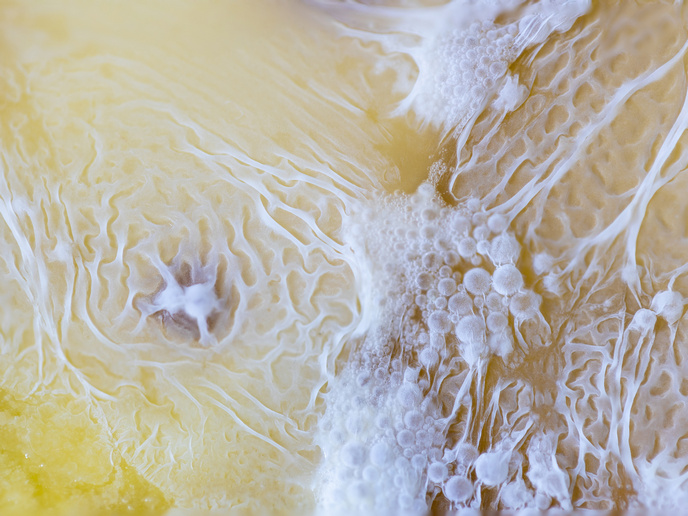How stress-busting lipids help make plants more resilient
Tough environmental conditions limit where crops can be grown and can lead to yield losses. As stressors, such as drought and salt, trigger changes to plant physiology and biochemistry, understanding how plants detect these and adapt, has become a pressing research question. It is known that a range of organic compounds, collectively known as lipids, which form part of a plant cell’s membrane, are key. “Two lipids, diacylglycerol and phosphatidic acid, known as essential ‘second messengers’(opens in new window), trigger physiological changes at a plant’s cellular level,” explains Miguel Botella, coordinator of the EU-funded PLISUS project. “Given this important role, they must be tightly regulated, so we wanted to explore some of the key mechanisms that make this possible.” The project was interested in exploring the role of the contact sites between a cell’s working units (organelles) – especially those located at the so-called endoplasmic reticulum-plasma membrane, known to be essential for communication and regulation of cellular processes. This research was undertaken with the support of the Marie Skłodowska-Curie Actions(opens in new window) programme.
Exploring the endoplasmic reticulum-plasma membrane
In plants, cellular membranes form numerous contact sites between most of the cell’s organelles, including the plasma membrane which surrounds cells, providing protection from the external environment. Plant cells have developed several signalling processes to warn of stressors and trigger protective processes. Lipid signalling moves lipids from the plasma membrane to the endoplasmic reticulum membrane. A family of proteins called Synaptotagmins(opens in new window) (SYTs) are essential to this process as they ‘tether’ the membranes together. Previous studies had demonstrated that SYTs contain a region called the SMP domain that has been demonstrated to bind a class of lipids called phospholipids(opens in new window), suggesting the mechanism by which SYT proteins actually regulate lipid signalling. “SYT proteins could be moving these phospholipids from the plasma membrane to the endoplasmic reticulum, where they are modified before being sent back to the plasma membrane to counter the stress,” adds Botella. To investigate this, the team used confocal microscopy to study a model plant, thale cress (Arabidopsis thaliana), using wild plants as the control group, alongside SYT mutants which had a non-working SYT protein inserted. Interested in analysing how endocytosis – the process cells use to regulate what substances are brought in and out of cells – is affected by stress, the plants were studied in control conditions and after cold treatments. They found that in mutants endocytosis was indeed affected as the cold stress altered diacylglycerol lipid content in the plasma membrane. To gain further insights into this process, the project used transcriptomic analysis to look for other genes that could be controlling the endocytosis process. While the project did find proteins of interest, more research is required before conclusions can be drawn. “Previous work has described how SYTs keep the diacylglycerol lipid stable in the plasma membrane(opens in new window), when under stress. PLISUS links this homeostasis with the endocytic process,” says Botella. “We were surprised that mutated SYT complexes are unable to perform endocytosis at all, suggesting that diacylglycerol content at the plasma membrane is an essential regulator of this process.”
More resilient crops
PLISUS’s insights contribute to efforts to improve crop resistance through selective breeding programmes or genetic manipulation. “As water scarcity and high salinity restrict where crops and horticultural plants can be grown, our findings could have very targeted practical applications,” explains Jose Aznar-Moreno, project researcher. As the exact underlying molecular mechanism and physiological consequences of the link between the SYT complex and endocytic pathway remain unknown, this is now the researchers’ focus.







